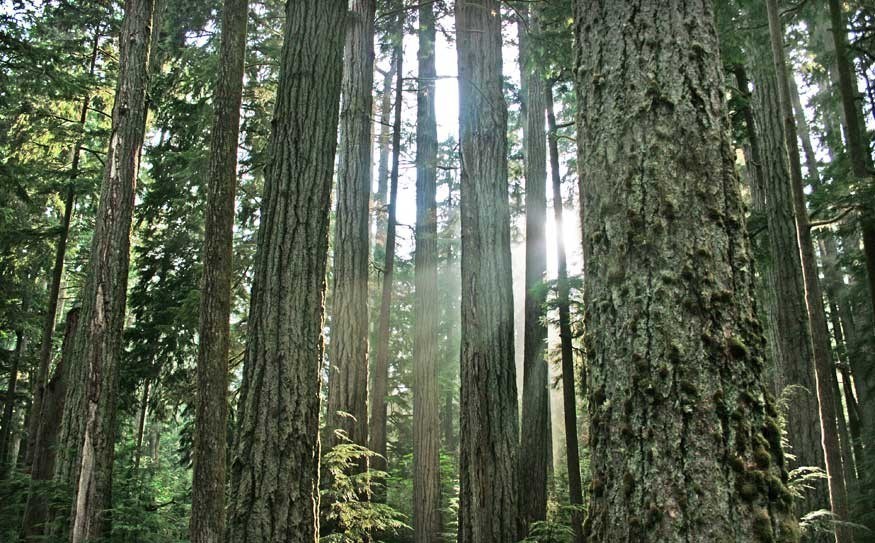B.C.’s Forest Practices Board is in Whistler this week to audit the Cheakamus Community Forest (CCF), the first such audit in the public forest’s 11-year history.
Auditors will examine whether timber harvesting, roads and bridges, silviculture, fire protection and associated planning carried out between Aug. 1, 2019, and Aug. 6, 2021 met the requirements of the Forest and Range Practices Act and the Wildfire Act.
“An audit is a snapshot in time,” explained Chris Mosher, director of audits for the Forest Practices Board. “Basically we’re checking they’ve done what they’ve said they’ve done to the standards required by the legislation.”
The CCF hasn’t logged old growth for market since 2018, and much of the work that took place in that two-year window revolved around fuel thinning, noted John Grills, Whistler council’s appointee to the CCF board.
“They’re basically going to be looking at activities from August 2019 to August 2021, which for us has been fairly quiet,” he said. “I think to a certain degree … it’s to see what areas have been treated and are they cleaned up, is the proper signage in place, are the roads and trails and bridges safe? All that stuff. For the most part, it’s to ensure public safety, but there are a number of things they look at.”
The Forest Practices Board carries out about eight to 10 audits a year, Mosher said, and tries to disperse them by geography and licence type. Mosher noted the Sea to Sky district was chosen at random, before the board narrowed in on the CCF for its first audit.
“It has nothing to do with past practices. It has nothing to do with any other things that are going on, because I know there is chat about old growth in a number of areas. It has nothing to do with that,” he stressed.
The CCF covers approximately 33,000 hectares, and is co-managed by the Lil’wat Nation, the Squamish Nation, and the Resort Municipality of Whistler. In June, amidst the flurry of attention on the blockades in Fairy Creek, the CCF board decided to defer old-growth logging until at least 2022 to give the partners time “to work together on finding consensus on old-growth management in the CCF through a process of ongoing dialogue between the partners,” according to a statement.
The deferral means a project slated for this summer that would have harvested 11,440 cubic metres of old forest over a 17.4-hectare area of Callaghan Creek won’t go ahead.
The CCF partners will use the rest of the year in part to explore alternative revenue sources at the forest, which could include greater emphasis on ecotourism, recreation and Indigenous cultural tourism opportunities.
With a current annual allowable cut of 20,000 m3, foresters have struggled to find enough commercially harvestable trees given the long history of clear-cutting in Whistler Valley throughout the 20th century.
So CCF manager Simon Murray has floated two ideas, both of which would require buy-in from the board and the province: reducing the CCF’s annual allowable cut to 15,000 m3, and lowering the minimum age limit of harvestable second-growth trees through the CCF’s carbon credit program from 70 to 50 years.
“We’re gathering information to have a close look at our inventory and exactly what is standing right now and how we would approach the next two decades,” explained Grills. “That’s the crucial part, really, because the second growth there now needs a minimum of another 10 years [to be commercially viable], but more than likely it needs 20 years before it’s market ready. So how do we get close to that? And it’s giving our partners a chance, too, to catch up with the information. It’s a time crunch.”




